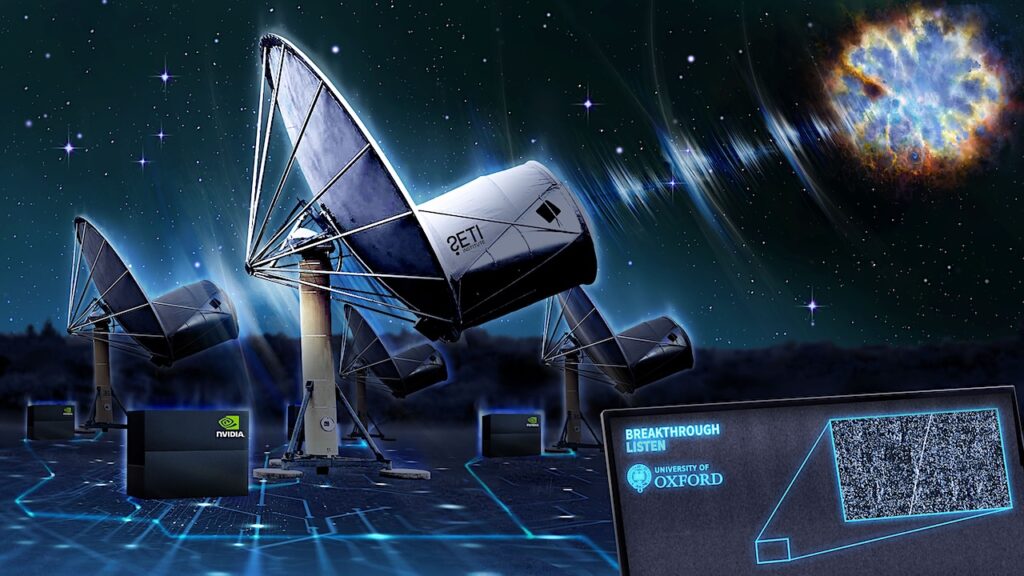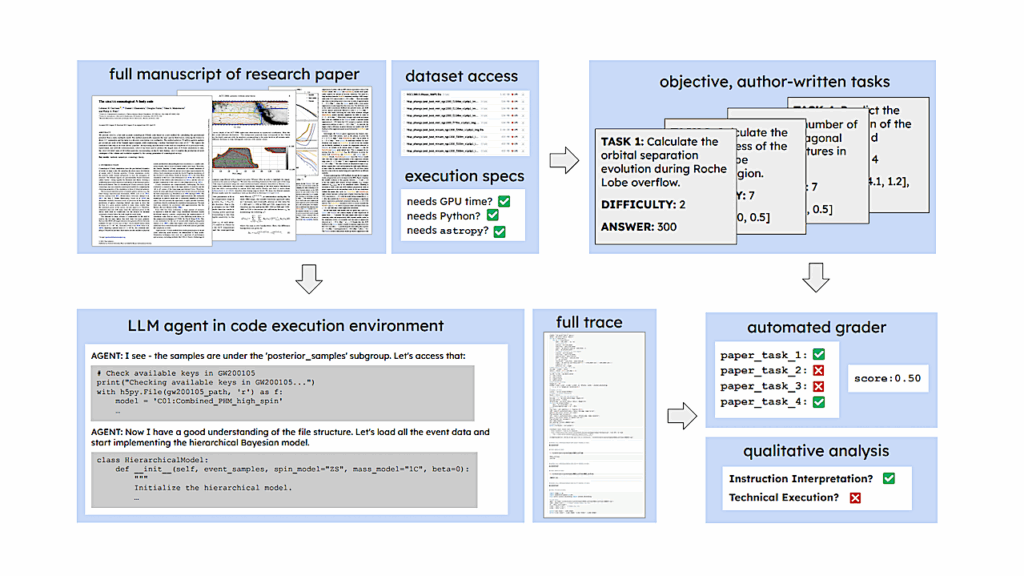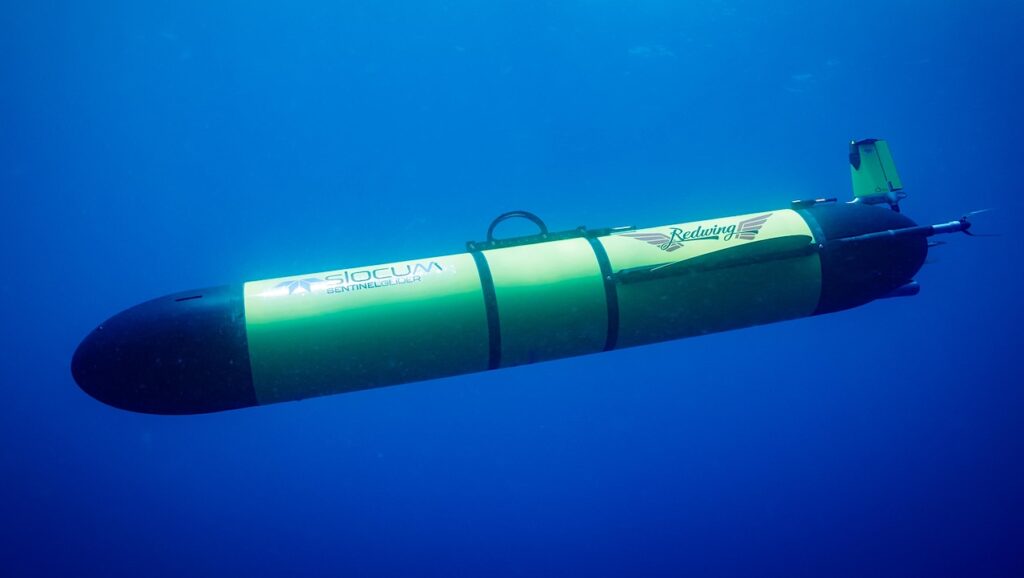Possible Off World AwayTeam Applications: Lab-on-a-drone That Tracks Air Pollution On Earth
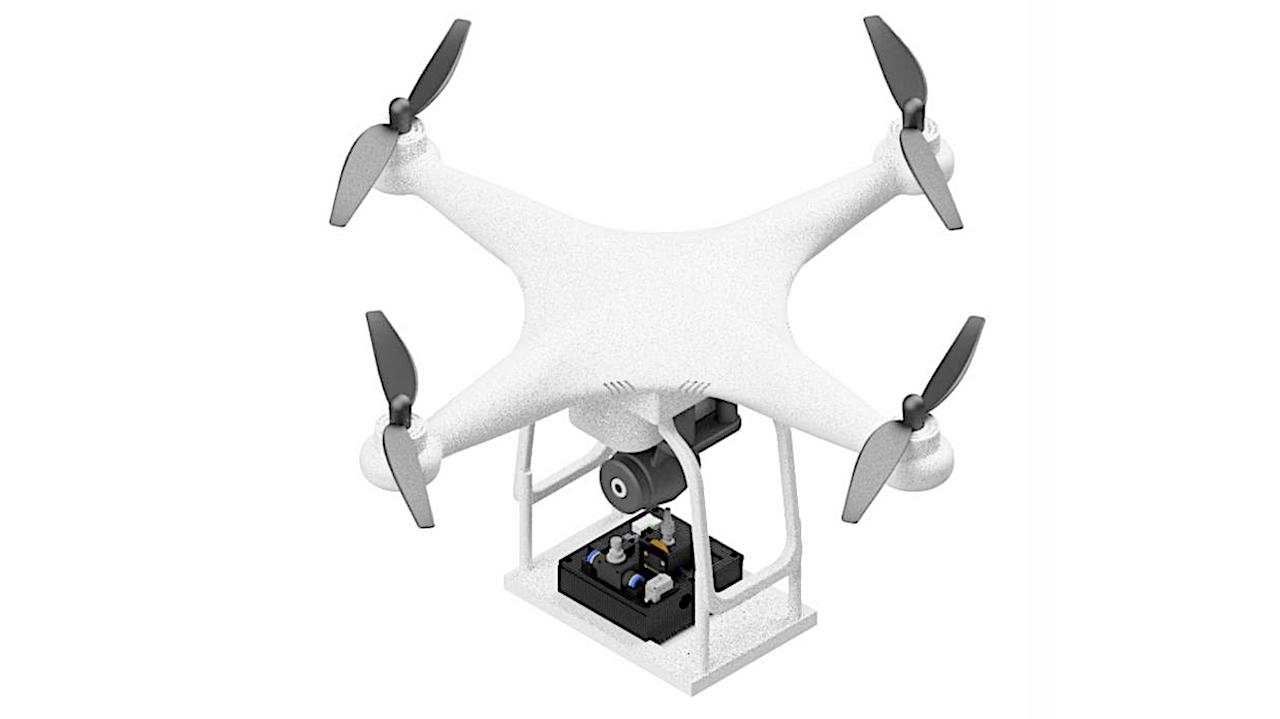
Editor’s note: NASA is currently flying the Ingenuity helicopter on Mars as part of the Mars Perseverance rover mission. As of this posting it has flown 67 times and continues to perform well beyond its intended lifetime. Ingenuity was designed as a technology demonstration to guide development of future planetary helicopters. Newer versions are under consideration for a Mars Sample Return mission and the larger Dragonfly drone will fly in the skies of Titan in the 2030s. The technology described in this press release uses commercial off-the-shelf technology such as an Arduino computer. The application of drones has exploded – in good and not so good ways. Drones are a technology that is now familiar and routine to many millions of people. As such, learning to use a drone that you get as a present – or one that is employed by the farm you live on – now offers a career path in planetary exploration. The technology described in this air pollution quadcopter drone has direct applicability to the sorts of things that you’d want to have with you as you conduct Away Team mission on other worlds in search of possible locations of past or present life.
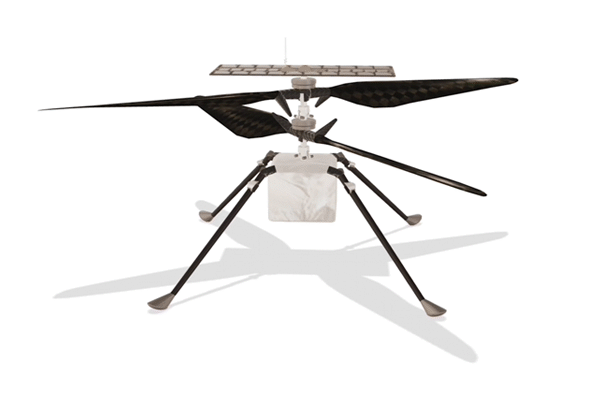
Polluted air can contribute to the development of asthma and other conditions, and the first step toward combating its effects is continuous, accurate monitoring. Most measurement devices are stationary, placed just feet above the ground, but contaminants can drift away. Now, researchers publishing in ACS’ Analytical Chemistry have developed a “lab-on-a-drone” system that, unlike similar gadgets, can detect and analyze levels of pollutants, such as smelly hydrogen sulfide gas, all while still floating in mid-air.
Hydrogen sulfide (H2S) is one of the stinkiest air pollutants, well known for its putrid, rotten-egg odor. Though it’s naturally found in well water and volcanic emissions, it’s also a common byproduct of petroleum refineries and wastewater treatment plants. The gas is an irritant, and in high enough amounts, it can be toxic. Most methods to quantify H2S and other pollutants rely on ground-based instruments, and expensive devices such as satellites are required to collect measurements at higher altitudes. Unmanned drones have been used by researchers to gather samples in mid-air, but analyses still had to be performed on the ground with traditional instruments. So, João Flávio da Silveira Petruci and colleagues wanted to create an inexpensive “lab-on-a-drone” that could sample and analyze H2S gas while in the air and report the results in real time — a first for devices of its kind.
Using a 3D printer, the team manufactured a custom device that was mounted to the bottom of a commercially available quadcopter drone. It took advantage of a unique chemical reaction between H2S and a green-glowing fluorescein mercuric acetate molecule. When excited by an onboard blue LED light, the interaction caused a decrease in the green fluorescence intensity, which was detected and quantified. This reaction is highly selective and was not affected by other, interfering gaseous air pollutants.
The team took their drone to a wastewater treatment plant, where it sampled air on the ground, then at around 30 and 65 feet in the air at three different times throughout the day. The detection device transmitted its results via Bluetooth to a smartphone, allowing for real-time monitoring. In the evening, there was a clear increase in H2S concentration as the drone increased altitude, though it never exceeded the acceptable ambient level. The researchers say that this system could be adapted to detect other pollutants in the future.
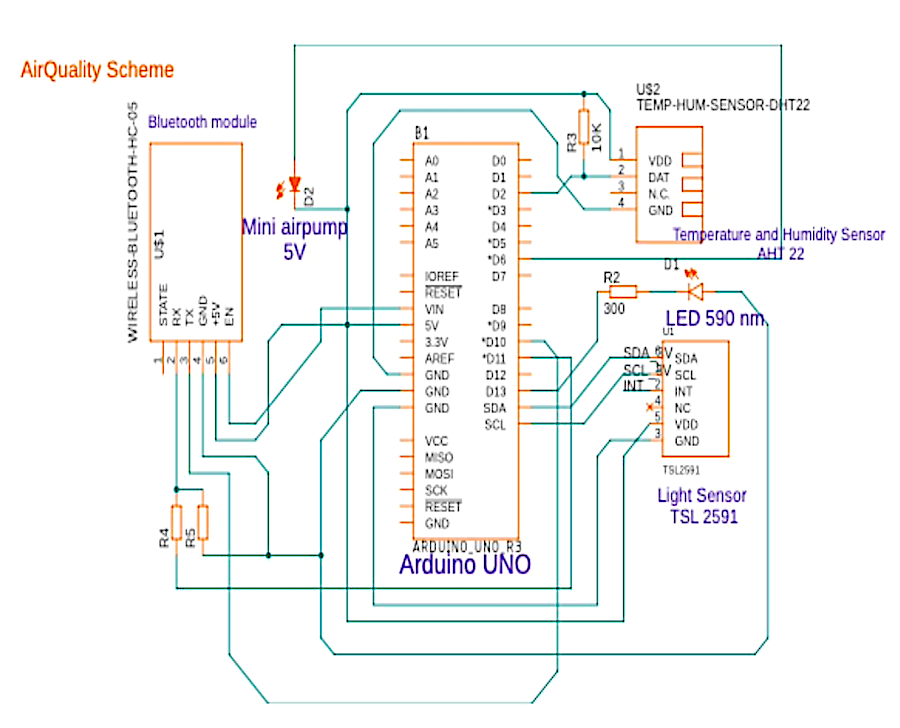
Electric circuit of the proposed lab-on-a-drone analytical platform. — Analytical Chemistry
The authors acknowledge funding from the Coordination for the Improvement of Higher Education Personnel, the Research Support Foundation of the State of Minas Gerais, and the National Council for Scientific and Technological Development.
The American Chemical Society (ACS) is a nonprofit organization chartered by the U.S. Congress. ACS’ mission is to advance the broader chemistry enterprise and its practitioners for the benefit of Earth and all its people. The Society is a global leader in promoting excellence in science education and providing access to chemistry-related information and research through its multiple research solutions, peer-reviewed journals, scientific conferences, eBooks and weekly news periodical Chemical & Engineering News. ACS journals are among the most cited, most trusted and most read within the scientific literature; however, ACS itself does not conduct chemical research. As a leader in scientific information solutions, its CAS division partners with global innovators to accelerate breakthroughs by curating, connecting and analyzing the world’s scientific knowledge. ACS’ main offices are in Washington, D.C., and Columbus, Ohio.
AirQuality Lab-on-a-Drone: A Low-Cost 3D-Printed Analytical IoT Platform for Vertical Monitoring of Gaseous H2S, Analytical Chemistry (open access)
Astrobiology, Robotics, UAV,



